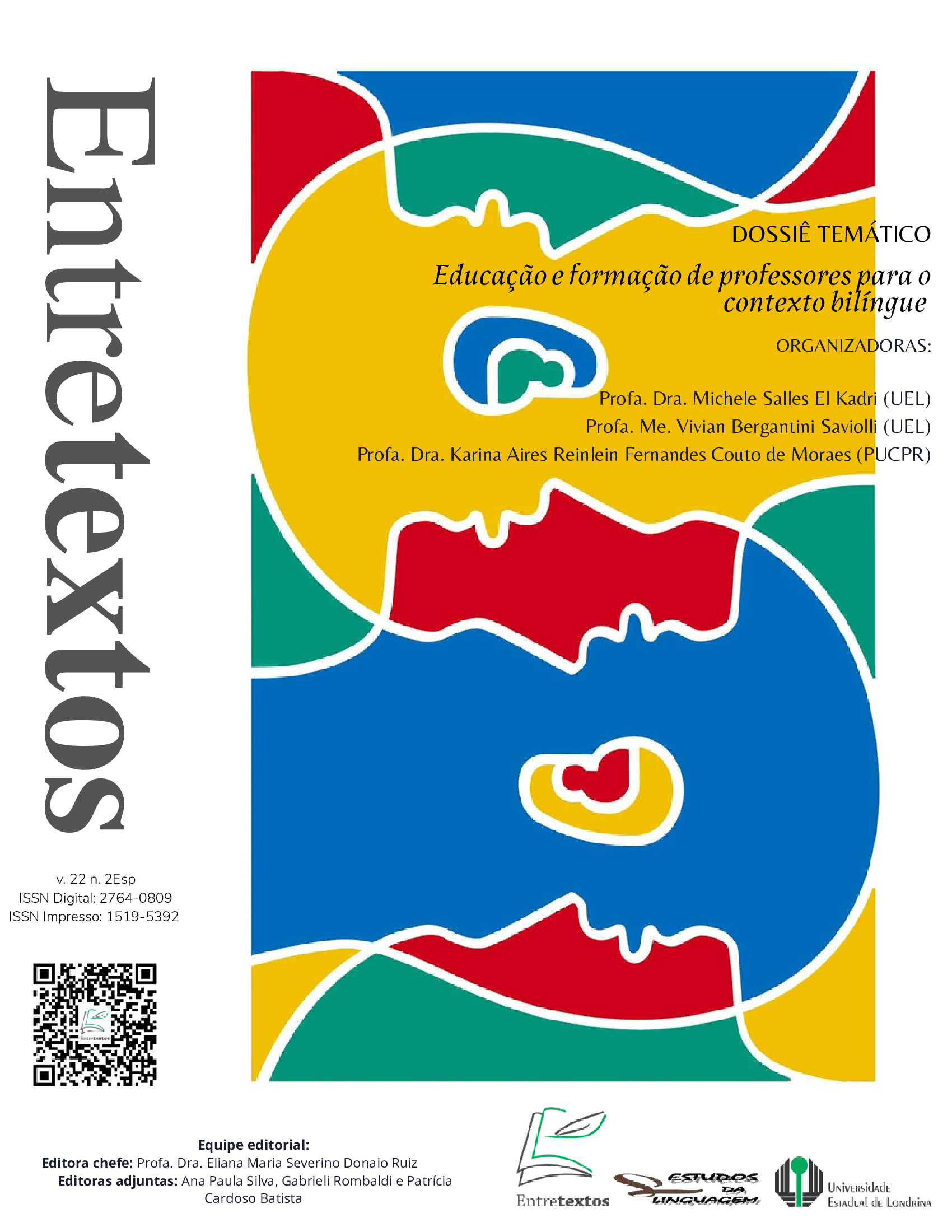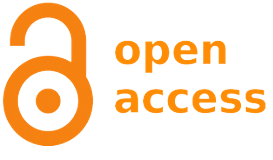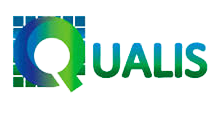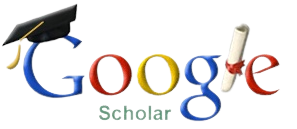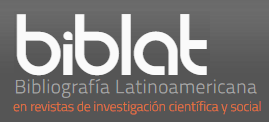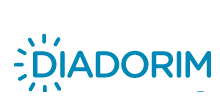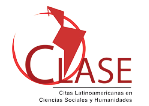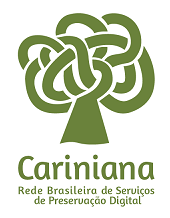Me in my city: a bilingual education project proposal for young learners
DOI:
https://doi.org/10.5433/1519-5392.2022v22n2Esp.p83Keywords:
Bilingual curriculum, Bilingual education, Young learnersAbstract
This paper presents an Instructional Unit (ID) to be used in English Language Arts classes with groups of young learners (NGUYEN, 2021), aged between eight and nine, in the third grade of Elementary School, in elite bilingual schools. Grounded on a concept of bilingual education aligned with translanguaging theory, this study adopts a heteroglossic language approach, in which there is no separation in the languages ​​within the mind of the bilingual speaker, but a semiotic repertoire built according to the individual's life experiences (GARCÍA & WEI, 2015). Furthermore, this study considers the Project Work Educational Perspective, by Hernandéz (1998), and the task-based learning perspective, by Van den Branden (2006). Therefore, the ID takes into account the connections between students' social lives and interests and the skills laid out in Base Nacional Comum Curricular (BNCC) by using tasks logically sequenced through a project. The paper attempts to contribute to young learners' bilingual education with a proposal that values students' repertoire in the performance of real world tasks.
Downloads
References
BAKHTIN, M. Os gêneros do discurso (1952-1953). In: BAKHTIN, M. Estética da criação verbal. São Paulo: Martins Fontes, 1992. p. 262-306.
BLOMMAERT, J.; BACKUS, A. Superdiverse repertoires and the individual. In: SAINT-JACQUES, I.; WEBER, J. (ed.). Multilingualism and multimodality: current challenges for educational studies. Rotterdam: Sense Publishers, 2013. p. 11-32.
BRASIL. Ministério da Educação. Base Nacional Comum Curricular. Brasília: MEC, 2018.
BRASIL. Ministério da Educação. Educação Plurilíngue. [S. l.: s. n.], c2018. Disponível em: http://portal.mec.gov.br/component/content/article/30000-uncategorised/90801-educacao-plurilingue. Acesso em: 07 nov. 2022.
BRASIL. Ministério da Educação. Parecer CNE/CEB nº 2, de 2020. Diretrizes curriculares nacionais para a oferta de educação plurilíngue. Brasília: MEC: 2020. Disponível em: http://portal.mec.gov.br/index.php?option=com_docman&view=download&alias=156861-pceb002-20&category_slug=setembro-2020-pdf&Itemid=30192. Acesso em: 31 out. 2022.
BUSCH, B. Expanding the notion of the linguistic repertoire: on the concept of Spracherleben - the lived experience of language. Applied Linguistics, Oxford, v. 38, n. 3, p. 340-358, 2017. Disponível em: https://academic.oup.com/applij/article/38/3/340/2952019. Acesso em: 31 out. 2022.
CHAGURI, J. P.; TONELLI, J. R. A. Políticas de ensino e aprendizagem de línguas estrangeiras para crianças no Brasil:(re) discutindo fundamentos. Revista Linhas, Florianópolis, v. 20, n. 42, p. 281-302, 2019. Disponível em: https://www.revistas.udesc.br/index.php/linhas/article/view/1984723820422019281/pdf. Acesso em: 31 out. 2022.
CPHPOA - CENTRO DE PESQUISA HISTÓRICA DE PORTO ALEGRE. Home. Porto Alegre: CPHPOA, [2021]. Disponível em: https://cphpoa.wordpress.com/. Acesso em: 07 nov. 2022.
GARCÍA, O. Bilingual education in the 21st century: a global perspective. New York: John Wiley & Sons, 2009.
GARCÍA, O.; JOHNSON, S. Ibarra; SELTZER, K. The Translanguaging Classroom. Leveraging Student Bilingualism for Learning. Philadelphia, PA: Caslon. 2017.
GARCÍA, O.; WEI, L. Translanguaging: language, bilingualism and education. Basingstoke: Palgrave Macmillan, 2015.
GARCÍA, Ofelia; WEI, Li. Language, bilingualism and education. In: GARCÍA, Ofelia; WEI, Li. Translanguaging: Language, bilingualism and education. Palgrave Pivot, London, 2014. p. 46-62.
GOOGLE. Google maps. [s. l.]: Google, c2022. Disponível em: https://maps.google.com. Acesso em: 7 nov. 2022.
HISTÓRIA dos bairros de Porto Alegre. 2011. Disponível em: https://pt.scribd.com/doc/61714351/Historia-Dos-Bairros-de-Porto-Alegre. Acesso em: 19 nov. 2022.
HERNÁNDEZ, Fernando. Entrevista com o Professor Fernando Hernandez. Entrevista concedida a Anamaria Kurtz de Souza Welp, Simone Sarmento, William Kirsch. Revista Bem Legal, Tradução Letícia Machado Trindade. Porto Alegre, v. 4, n.1, 2014.
HERNÁNDEZ, Fernando; VENTURA, Montserrat. Os projetos de trabalho: uma
forma de organizar os conhecimentos escolares. Artes Médicas, 1998.
HOODMAPS. Porto Alegre. [s. l.]: Hoodmaps, 2022. Disponível em: https://hoodmaps.com/porto-alegre-neighborhood-map. Acesso em: 7 nov. 2022.
IKHFI, I.; NARGIS. Teaching English for Young Learners. Tangerang: FKIP UMT PRESS, 2017.
KIDS meet a 101 year old | kids meet | HiHo kids. [S. l.: s. n.], 2018. 1 vídeo (5 min 27 seg). Publicado pelo canal HiHo Kids. Disponível em: https://www.youtube.com/watch?v=69HgC2KghBc. Acesso em: 7 nov. 2022.
LIBERALI, F. C. A BNCC e a elaboração de currículos para Educação Bilíngue. In: MEGALE, A. Educação Bilíngue no Brasil. São Paulo: Fundação Santillana, 2019. p. 29-42. Disponível em: https://www.moderna.com.br/lumis/portal/file/fileDownload.jsp?fileId=8A808A826CB8F3CD016CD3592E112FCD. Acesso em: 31 out. 2022.
MARINI, E. A expansão das escolas bilíngues no Brasil. Revista Educação, São Paulo, n. 251, ago. 2018. Disponível em: https://revistaeducacao.com.br/2018/08/06/expansao-das-escolas-bilingues-no-brasil/. Acesso em: 07 nov. 2022.
NGUYEN, C. D. The construction of age-appropriate pedagogies for young learners of English in primary schools. The Language Learning Journal, [s. l.], v. 49, n. 1, p. 13-26, 2021.
RIO GRANDE DO SUL. Conselho Estadual de Educação. Resolução CEEd nº 348, de 06 de novembro de 2019. Estabelece normas para Escola Bilíngue e Escola Internacional, bem como experiências e propostas de ensino bilíngue em escolas da Educação Básica, pertencentes ao Sistema de Ensino do Estado do Rio Grande do Sul. Rio Grande do Sul: CEEd, 2019. Disponível em: https://www.ceed.rs.gov.br/upload/arquivos/202001/17155809-20191108111448resolucao-0348.pdf. Acesso em: 31 out. 2022.
SCHLATTER, M. O ensino de leitura em língua estrangeira na escola: uma proposta de letramento. Calidoscópio, São Leopoldo, v. 7, n. 1, p. 11-23, 2009. Disponível em: https://revistas.unisinos.br/index.php/calidoscopio/article/view/4851/2109. Acesso em: 31 out. 2022.
TRAVEL Brazil: Amazing Porto Alegre. [S. l.: s. n.], 2014. 1 vídeo (2 min 18 seg). Publicado pelo canal soniastravels. Disponível em: https://www.youtube.com/watch?v=xIh6Igroy8s. Acesso em: 07 nov. 2022.
VAN DEN BRANDEN, K. Introduction: Task-based language teaching in a nutshell. Cambridge: Cambridge University Press, 2006.
WELP, A. K. S.; VIAL, A. P. S. Currículo com base em projetos pedagógicos: relato de uma experiência na educação superior. Entrelinhas, São Leopoldo, v. 10, n. 2, p. 230-254, 2016. Disponível em: https://revistas.unisinos.br/index.php/entrelinhas/article/view/10748/5637. Acesso em: 31 out. 2022.
WELP, A.; GARCÍA, O. A pedagogia translíngue e a elaboração de tarefas na formação integral do educando brasileiro. Ilha do Desterro, Florianópolis, v. 75, n. 1, p. 47-64, 2022. Disponível em: https://periodicos.ufsc.br/index.php/desterro/article/view/82165/48273. Acesso em: 31 out. 2022.
WELP, A. K. D. S., SARMENTO, S., & KIRSCH, W. (2014). Entrevista com o professor Fernando Hernández. Tradução Letícia Machado Trindade In: Revista Bem legal, 4(1).
WORLD cup host city: Porto Alegre. [S. l.: s. n.], 2014. 1 vídeo (1 min 40 seg). Publicado pelo canal FIFA. Disponível em: https://www.youtube.com/watch?v=wXYwaDAselQ. Acesso em: 07 nov. 2022.
WRIGHT, W. E.; BAKER, C. Key concepts in bilingual education. In: GARCÍA, O.; LIN, A. M. Y.; MAY, S. (ed.). Bilingual and multilingual education. 3. ed. Switzerland: Springer, 2017. p. 65-80. (Serie Encyclopedia of Language and Education).
Downloads
Published
How to Cite
Issue
Section
License
Copyright (c) 2022 Entretextos

This work is licensed under a Creative Commons Attribution 4.0 International License.
Entretextos adota a Licença Creative Commons Attribution 4.0 International, portanto, os direitos autorais relativos aos artigos publicados são do/s autor/es.
Sob essa licença é possível: Compartilhar - copiar e redistribuir o material em qualquer suporte ou formato. Adaptar - remixar, transformar, e criar a partir do material, atribuindo o devido crédito e prover um link para a licença e indicar se mudanças foram feitas.

